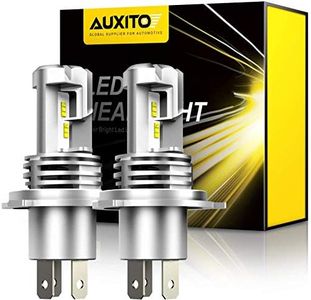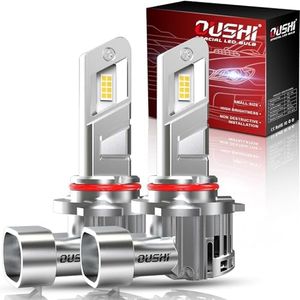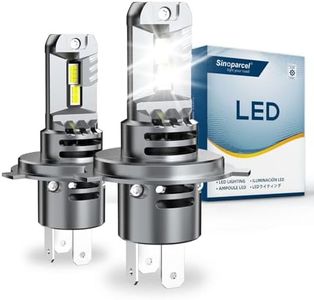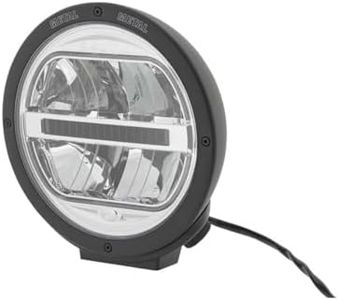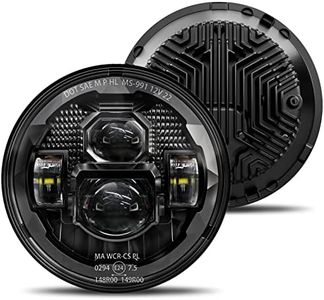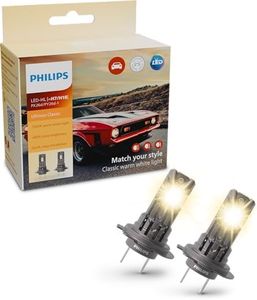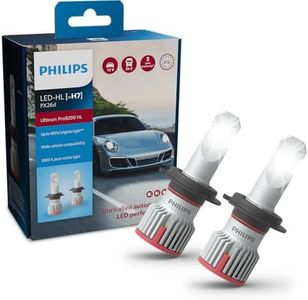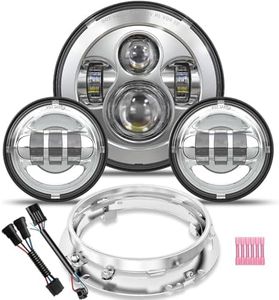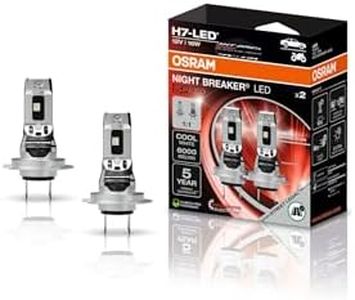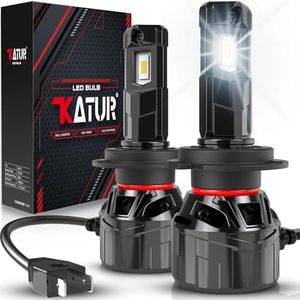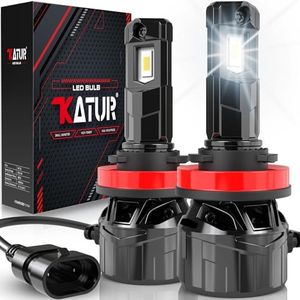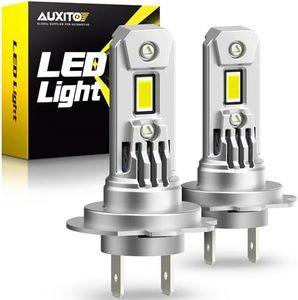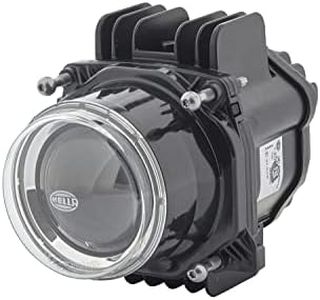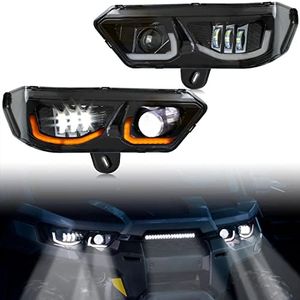We Use CookiesWe use cookies to enhance the security, performance,
functionality and for analytical and promotional activities. By continuing to browse this site you
are agreeing to our privacy policy
10 Best LED Headlights
From leading brands and best sellers available on the web.Buying Guide for the Best LED Headlights
Choosing LED headlights is an important decision for vehicle owners who want better nighttime visibility, safety, and style. It's essential to consider how much and where you drive, your car’s compatibility, and what kind of lighting experience you want. Understanding the main features will help you make sure you get headlights that not only fit your vehicle properly but also meet your expectations for brightness, lifespan, and legal use.Brightness (Lumens)Brightness is measured in lumens and tells you how much light the headlights produce. A higher lumen count means brighter headlights, making it easier to see at night or in poor weather. Standard values range from about 3,000 to 12,000 lumens per pair. Lower ranges are suitable for casual city driving where you don’t want to blind other drivers, while higher values are better for rural or off-road driving where extra visibility is needed. If you drive mainly in well-lit areas, mid-range brightness is usually enough. For secluded roads, a higher brightness can be beneficial, but always consider road safety and legal limits.
Color Temperature (Kelvin)Color temperature, measured in Kelvin (K), describes the color of the light emitted. Headlights range from about 3,000K (warm yellow) to 6,500K (cool white-blue). Warmer tones are easier on the eyes in foggy or rainy conditions, while cooler tones give a sharper, more modern look and improve contrast at night. If you want a classic look or better performance in poor weather, go for lower Kelvin values. For a bright, crisp appearance and better clarity at night, choose higher Kelvin values closer to 6,000K.
Beam PatternBeam pattern determines how the light spreads on the road. A good pattern illuminates the road ahead evenly, without creating dark spots or glare for other drivers. Some LED headlights are designed specifically for low or high beams, while others offer an adjustable or dual-beam pattern. If you drive in areas with street lighting and traffic, a low glare, wide beam is ideal. For country roads or off-road use, a longer, focused beam can be more effective. Choose a beam pattern that matches your most common driving conditions.
Compatibility (Bulb Size and Fitting)Every car supports certain bulb types and sizes (like H11, 9005, etc.), so compatibility refers to whether the LED headlight will fit your vehicle's existing housing without modification. Checking your vehicle’s manual or using a compatibility tool can help you find the right size. It's vital to pick the correct fitting to ensure easy installation, safe operation, and no warranty issues. If you’re unsure, measure your current bulbs or consult a professional.
LifespanLifespan tells you how long you can expect your LED headlights to work before they need replacement, usually given in hours (like 30,000–50,000 hours). A longer lifespan means less frequent replacements and is especially important if you drive often at night. Pick longer lifespan options if you want reliability and low maintenance, especially for frequent drivers.
Cooling MechanismLEDs generate heat and need a way to stay cool, either by built-in fans or heat sinks. Good cooling extends bulb life and prevents failures. Fan-based systems offer active cooling and often work better in tight spaces, while heat sinks are quieter and have no moving parts but might need more space. Choose based on your car’s headlight housing—opt for heat sinks if space is available or fans if room is tight.
Street LegalityNot all LED headlights are legal for road use. Legality refers to whether they meet local laws for brightness and color. It’s important to check for DOT or ECE certification if you plan to use them on public roads. Always ensure your choice meets local regulations to avoid fines and ensure safety.

